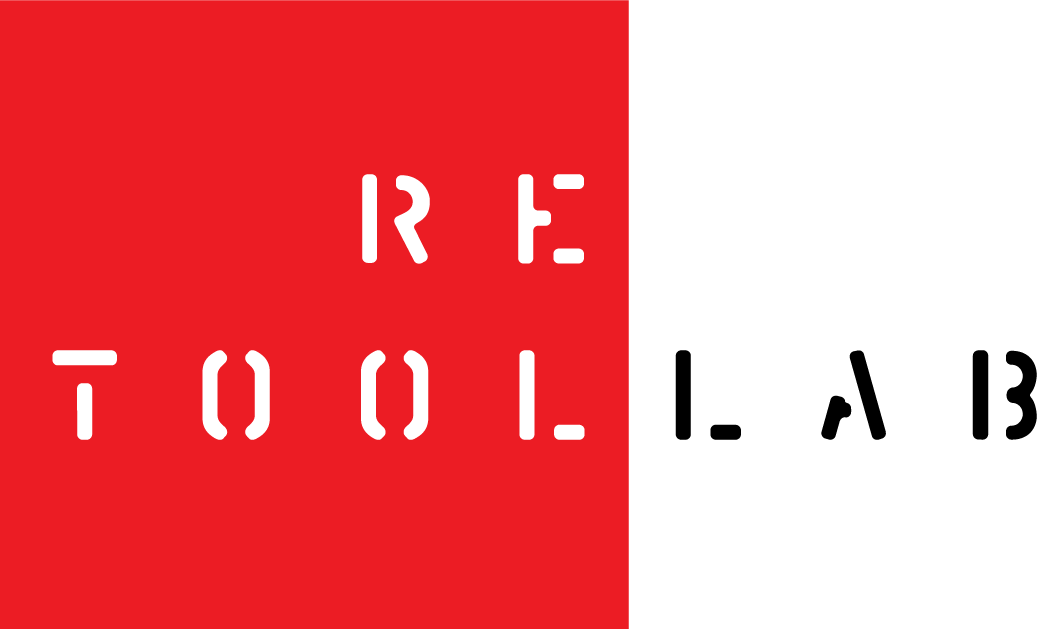Zoos have the right mission, but the wrong brand.
What is a zoo? If you expect zoos themselves to provide a satisfactory answer to this question, you’ll be waiting a while. The question an increasing number of people seem to be asking these days is: “Why do we still have zoos?” Here’s why: Accredited zoos are, in fact, essential organizations that do indispensable and admirable conservation work – even if it seems they do most of it covertly. But it is also high time to ask: If they are such important environmental players, why do their brands so often keep promoting graffiti-like childish imagery of stylized elephants, kangaroos, and tigers?
Zoos are underappreciated institutions.
Zoos are serious institutions whose work goes to the core of the survival of animal species and produces crucial research on the effects of climate change in our global ecosystem. Yet zoos remain seen almost exclusively as tourist attractions, cow-towing to public expectations, tying them to a revenue model entirely dependent on paid visitors and on the sale of plushy toys at the souvenir shop. There is no doubt that a “day at the zoo” becomes a cherished family experience. I, too, have been a tourist with children in tow, and have fond memories of visiting zoos, in various locales. But was I ever given a reason to suspect that there was more, much more, going on there than meets the eye?
The forced closures of zoos, thanks to this pandemic, have been a wake-up call, demonstrating that zoos’ brands lack the resilience and amplitude they need to withstand such an unforeseen, disruptive, and protracted event. Earlier this month, Liam Casey contemplated the fate and struggles Canadian zoo operators are facing in this Canadian Press/Global News story. https://globalnews.ca/news/7650190/covid19-coronavirus-canadian-zoos/. It is a reminder to us that not only have zoos been shortsighted about branding, but COVID has also exposed them for being unaware of how to build more comprehensive brands that tell their full story.
The source of the problem.
Their troubles start right at the foundation: their name. There is science behind why zoos exist: “Zoology” is defined as the scientific study of the behavior, structure, physiology, classification, and distribution of animals. But over time, the use of the “zoo” label, has infantilized and popularized institutions to the point where they are mostly understood by the general public as attraction parks where captive animals are put on display for the amusement of children of all ages. The ubiquitous use of the moniker has been a convenience, but one that has continued to undermine their perception as science-based organizations.
Would it be so bad to let that aspect of their brand percolate to the surface
every once in a while, to lend these important institutions the gravitas they deserve,
and to remind people that they are more than just amusement parks?
In Liam Casey’s story, the executive director of Canada’s Accredited Zoos and Aquariums claims institutions across the country are struggling because of COVID, and because “zoos have an entire revenue-generating ecosystem including corporate events and weddings.” As example, he cites Quebec’s Granby Zoo, which had to cancel more than 30 weddings last year. Events like these have nothing to do with the unique and essential nature of the zoo’s mission, and therefore contribute nothing to the institution’s capacity to build a brand that is worth supporting. The message they send with such tactics is that they’re satisfied to be locally-based venues for sociability instead of essential leaders willing to engage audiences’ thinking and garner public support.
It’s not a new story.
This is a persistent issue zoos and aquariums have never really dealt with, and something we’ve been writing about for quite a few years. You can reference previous writings on the subject here: The Brand as Bling (2009) and Barely Tolerable Branding (2009)
Diversifying revenue sources would seem to the best way forward to help ensure a sustainable future for zoological institutions everywhere. Public funding, donations, grants, endowments, and all manners of fundraising can help fill the gap left by the disappearance of gates receipts and the sale of season’s passes, but only when these organizations learn to articulate a broader brand identity, and start to promote a brand the public recognizes as worthy of support – one that is no longer thought of as a just another distraction, or a suitable venue for your cousin’s wedding.


